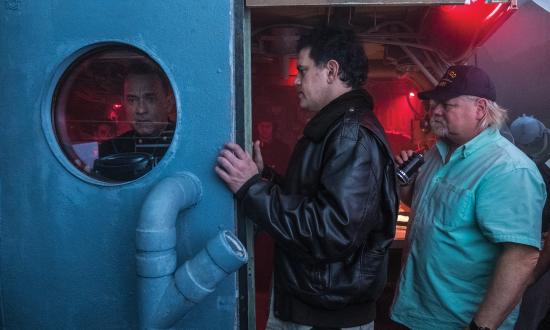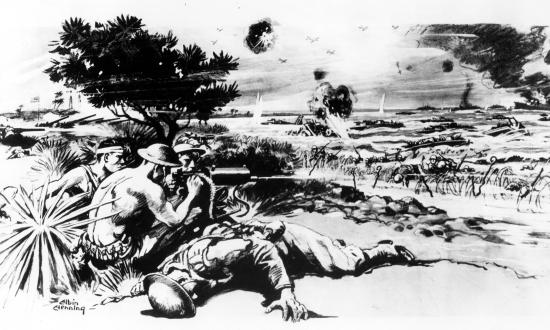Those of us who love history in general, and naval history in particular, are always glad to meet another like-minded devotee—after all, we’re entirely too rare a breed. When you happen on such a kindred spirit, it creates an instant bond, be they PhD historian or lifelong amateur buff, active-duty officer, or land-locked dreamer who’s never left the High Plains. We value having another member in our ad hoc fraternal order—all the more so when it’s somebody in a position to make a difference.
Such is the case with Secretary of the Navy Kenneth J. Braithwaite, a longtime fan of this magazine and an impassioned student of America’s naval past. We welcome him to these pages with an exclusive interview, in which the Secretary shares his love of naval history and offers astute insights about its crucial value and continued relevance to today’s fleet. In laying out his views on the importance of historical perspective, the Secretary echoes that immortal phrase etched in stone at the entrance to the National Archives: What Is Past Is Prologue.
Those words ring true whether one is talking about the 1790s—the decade of the U.S. Navy’s founding—or the 1990s—the decade when the fleet suddenly had to readjust to fight a war that was not the type for which it had planned. It was 30 years ago (!) this January that Operation Desert Storm was unleashed to repel the Iraqi invaders from Kuwait. As historian Edward J. Marolda lucidly details in our cover story, the Navy’s role was key to the success of the international effort, and the lessons learned by the Navy in the Persian Gulf War set it on a new doctrinal course for the future.
These are the paradigm shifts of history on the bigger-picture level; but history, of course, is more than just a tracking of strategic evolutions and geopolitical trends over time; it is also a saga of individuals and courageous acts and sacrifices and stirring examples worthy of emulation. We highlight some of these standout figures in this issue: Navy Commander Benjamin Armstrong serves up an inspiring account of Robert Smalls, who escaped slavery in a Confederate vessel and became a boon to the Union Navy’s South Atlantic Blockading Squadron during the Civil War. Mike Stankovich chronicles the remarkable journey of Navy physician Doctor Cory Wassell, whose heroic rescue of wounded Americans and escape from Japanese forces became the stuff of legend. And William J. Prom profiles a young officer with a marked “bias for action” in the Navy’s early days—Lieutenant Charles Stewart Jr., who embodied the sort of intrepid, go-get-’em spirit that is as precious a commodity today as it was in the Age of Sail. The uplifting stories of these men from the pages of the past offer us an abiding hope for the future.
Eric Mills
Editor-in-Chief






